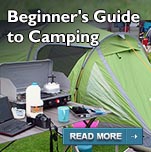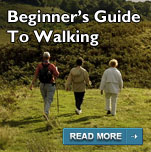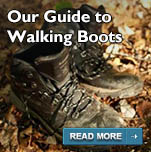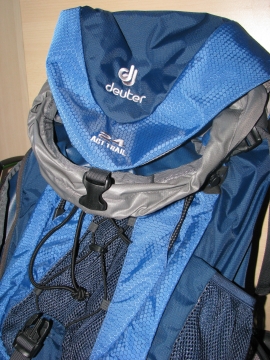
Our Guide to Daysacks – rucksacks ideal for day walking
Going walking without a pack can be liberating, but if you are going out for any length of time, a backpack will carry just about everything you need. If you are going on walks which last less than one day, then Daysacks or Daypacks are for you – they are lightweight rucksacks designed for walking in a day. They are generally between 20-25 litres in size – which is ample for what you need on the typical day walk.
Here are some of the common features we recommend you look for in a Daysack…
Shoulder straps
Seems fairly obvious, but we mean really what type of shoulder straps – look for a pack with a degree of padding on the shoulder straps to aid your comfort.
A Chest strap across the Shoulder straps will keep them in place – and the ladies should check this strap is adjustable around the bust. Several manufacturers make daysacks especially for ladies - and they are worth checking out.
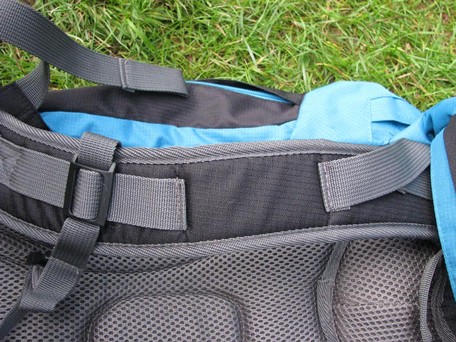
Hip Belt
The better packs have a Hip Belt which helps spread the load of the pack off the shoulders. Some packs make good use of the belt by adding pockets to them. If you’re going walking often, make sure the Hip Belt is padded too.
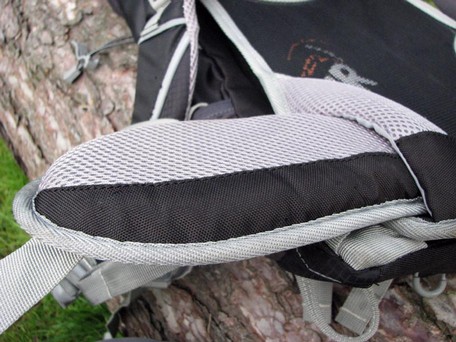
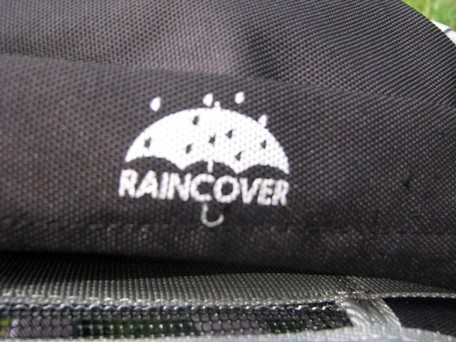
Rain Cover
Many packs have a rain cover which is usually stored away in a pouch on the top or bottom of the bag. These rain covers are elasticated, and simply pull over the pack.
For those which don’t have rain covers, you can often buy a separate one. As the vast majority of packs are not totally waterproof, a rain cover is an essential buy.
TIP – Put anything you don’t want to get wet in plastic carrier bags inside your Daypack – as even when the rain cover is on, items touching the inside of a pack can still get wet.
Main compartment
The better Daypacks have a lower access zip which allows you to get to the items tucked at the bottom of the pack without having to open the lid and unpack everything. This is definitely an advantage.
Most packs have a drawcord to close the top of the main compartment, and then a lid straps down over this.
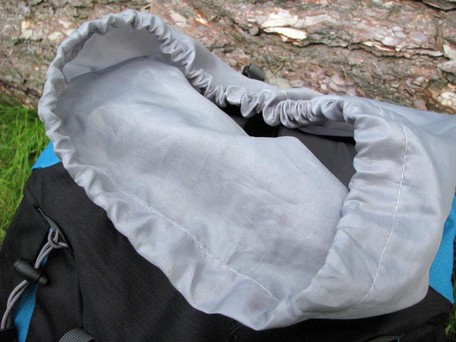
Hydration Compatible
This feature of a pack is designed to allow you to carry a "bladder" of water within the pack – usually within a sleeve or pocket within the main compartment. A drinking straw exit hole allows a fastening for a mouth piece to be fitted to the bag - so you can have a drink on the go!
Whilst useful, frankly for day walks hydration pouches are over-complicating things a little. In fact, these days, the sleeve is more likely to be housing a Tablet or iPad than a water bladder...
Side pockets
Instead of a hydration bladder, standard water bottles are the best way for day walkers to keep hydrated – and side pockets in a pack are the best place to store them.
They are also good for other close-at-hand stuff like snacks, gloves, hat, camera…
Side compression straps
These are the straps on the side of pack that allow a partially full rucksack to be compressed to fit the internal load, making it easier and more comfortable to carry. They can also be used to attach additional gear if need be.
Walking Pole attachment
These are loops or eyelets for carrying walking poles securely on the outside of the pack.
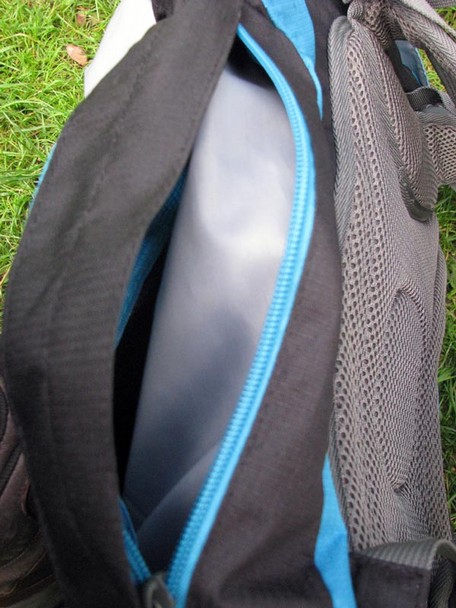
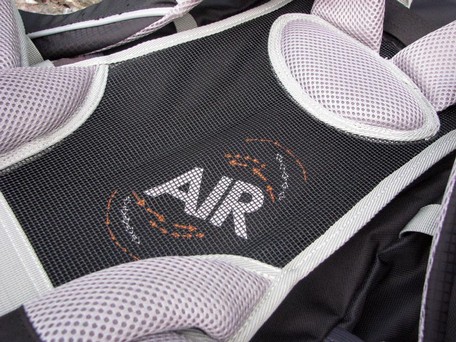
Air flow back system
Some Daypacks have a tensioned mesh back that creates a large air space between the pack and the wearers’ back, keeping it cool and free of perspiration.
Adjustable back system
Several Daypacks now feature these systems usually found on larger backpacks, and they allow the distance between the shoulder straps and hip belt to be increased/ decreased to suit people of different heights, providing a more comfortable fit.
Special Fit for Women
Although many Daypacks are unisex, there are a few which come in Men's and Women's versions - so what's the difference in these Women's backpacks?
Harness
Specific Women's Backpacks have shoulder straps which are narrower and curvier - to avoid digging into the body and to give space for the bust. They also can be made of a softer material to help prevent chafing.
Back Length
Women's Backpacks are shorter and narrower than Men's, to fit better on Women's shorter and narrower backs. Also, all the length of the straps are deisgned to accomodate these different proportions.
Hip Belt
The Hip Belt on Women's Backpacks is designed to fit better on the hips thanks to an upwards curve design, as well as being more conical in shape when fastened.


